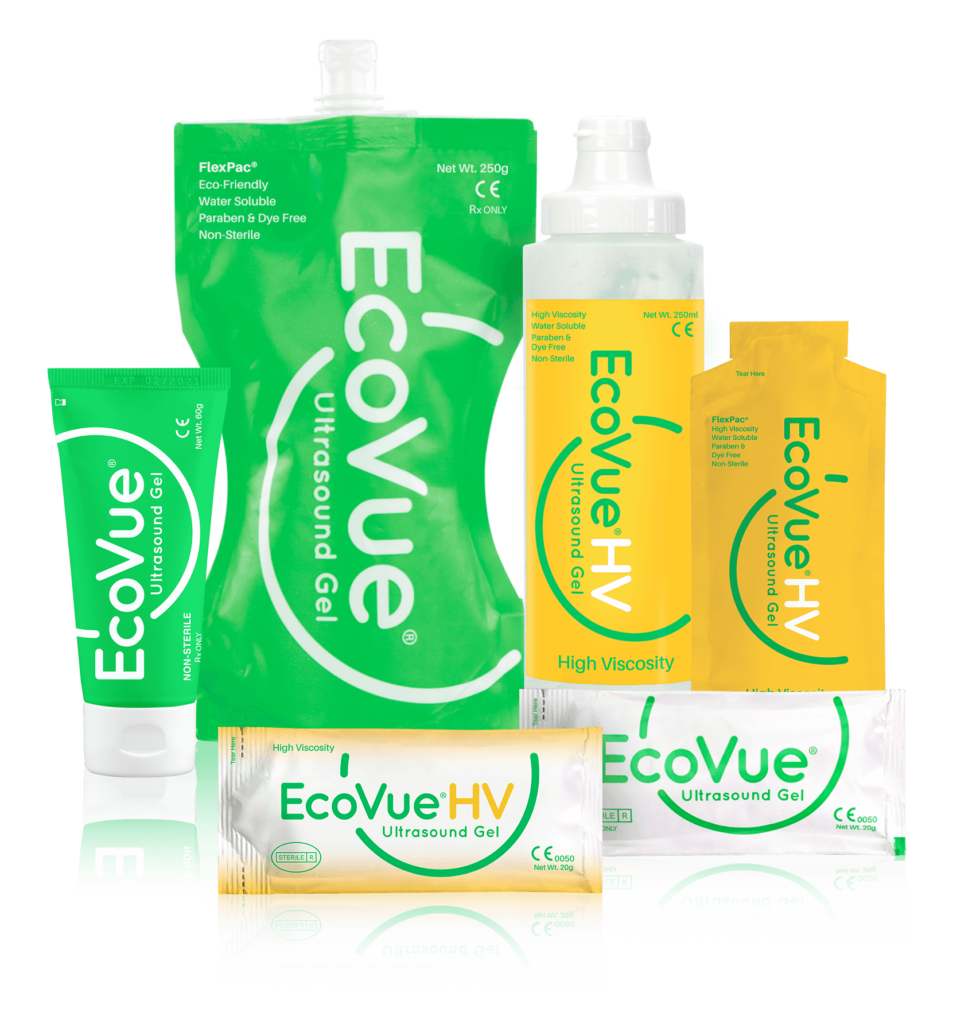The Complete Guide to Becoming a Diagnostic Medical Sonographer

Diagnostic medical sonographers, or sonographers for short, are specialists who use ultrasound imaging and sound waves to create 2D and 3D images of inside the body. Doctors and physicians rely on sonographers to aid in the diagnostic process, with ultrasound imaging often being the first test a doctor will order when a patient comes to the hospital with an abnormal lump, chest pain, or even stomach pain.
Sonography is a fast-growing field, with employment for diagnostic medical sonographers projected to grow 14% from 2020 to 2030. But what does a sonographer do, and how do you become a sonographer?
Responsibilities of a Sonographer
Diagnostics medical sonographers are responsible for assisting doctors with diagnosing a variety of conditions. As a sonographer, you are responsible for identifying normal and abnormal imaging results and presenting your preliminary findings to the radiologist or physician.
It is important to note that sonographers are not responsible for telling patients the results of an exam.
Sonographers require a high level of interpersonal communication skills. Sonographers often scan patients of all ages and must be able to explain the procedure to the patient, answer any questions, and keep the patient comfortable, all while ensuring you are getting proper calculations and measurements for the exam.
When choosing a career in the field of sonography, it is helpful to have the following skills:
- Good attention to detail
- High interpersonal skills
- Solid technical skills
- Well-developed hand-eye coordination
- Interested in learning about anatomy and the human body
- Compassion for helping others
Interested in Samples?
Education Path for Prospective Sonographers
If you are interested in becoming a diagnostic medical sonographer, there are a variety of education paths available.
A common educational path for sonographers is pursuing a 2-year degree through an accredited sonography program. Many registered diagnostic medical sonographers recommend prospective sonographers look at accredited community college programs, as they are often more affordable.
Another option is to obtain a bachelor’s degree in a 4-year program. If you already have a bachelor’s degree in a related healthcare field, a 1-year certificate program is available.
Selecting a Diagnostic Medical Sonography Program
No matter what education path you choose, it is important to look at the school’s accreditation and curriculum.
When selecting a diagnostic medical sonography program, you want to choose a program that is accredited through the Commission on Accreditation of Allied Health/Education Programs, or CAAHEP. There are 150 CAAHEP-accredited programs across the country.
It is also important to look for a program that provides hands-on experience and clinicals so you can practice scanning real patients and see real pathology. There are online sonography programs available, however, they often don’t provide hands-on experience and many experienced sonographers do not recommend them.
Sonography programs can be highly competitive. If you don’t get accepted on your first try, don’t feel defeated. Try improving your grades on any prerequisites, and apply the following year.
Sonographer Specialties
Specializations are common in sonography. While many prospective sonographers choose to go into general ultrasound, others choose to specialize in specific areas that interest them the most. Some sonography specialties include:
- Abdominal
- Breast
- Cardiac
- Musculoskeletal (MSK)
- Pediatric
- Obstetrics and Gynecologic
- Vascular
- And more

Choosing a specialty is up to you. If you are interested in a specific specialty, make sure you choose a sonography program that offers your desired specialty.
Becoming A Registered Sonographer
Once you complete your degree or certification, many employers require you to complete a sonography certification within a year of being hired. The most well-known certification is the American Registry for Diagnostic Medical Sonographers (ARDMS). After you pass the ARDMS exam, you can add the title Registered Diagnostic Medical Sonographer (RDMS) to your name.
If you are interested in multiple specialties, you can take the ARDMS exam for each specialty and add multiple registries to your title. Example: Samantha Smith, RDMS – ABD, OBGYN, RVT
Typical Work Environment for Sonographers
A sonographer’s work environment will vary depending on the type of facility you work at. Many facilities offer full-time, part-time, PRN (as needed), or travel sonography positions. Shifts length and the number of exams you perform a day can vary greatly.
Some facilities, such as outpatient or maternal-fetal medicine, have a dedicated room for scanning patients, while other facilities, such as a hospital, often perform ultrasounds at a patient’s bedside with a portable ultrasound machine. No matter what type of facility you work at, you can expect to be on your feet for most of a shift.
Many facilities require sonographers to take call, which means you are called back to the facility after hours, on weekends, or on holidays, when a sonographer is not on duty.
The path and skills of sonographers will vary from person to person. To learn more about how to become a diagnostic medical sonographer, or to learn what path is right for you, don’t be afraid to reach out to a local clinic or sonography program to ask questions and receive feedback to help you on your educational journey.
Making Your Job Easier with EcoVue
As a manufacturer of ultrasound gel, we understand the important role that sonographers play in diagnosing patients, which is why we are committed to helping make your job easier. EcoVue Ultrasound Gel has a 99% natural formulation that is great for patients and helps extend the life of equipment. We offer a variety of single and multi-use options in sterile and non-sterile selections, giving you the power to choose the right amount of gel in the right viscosity for every procedure, every time.
